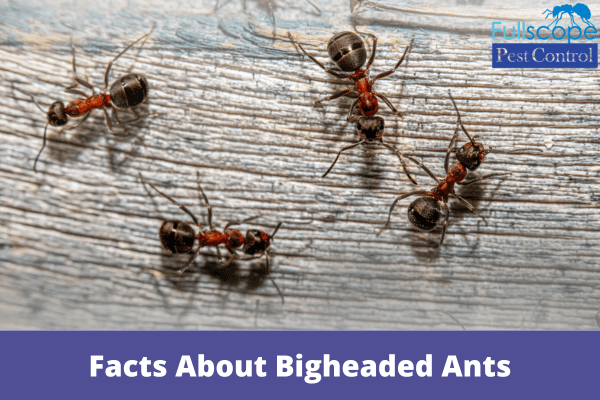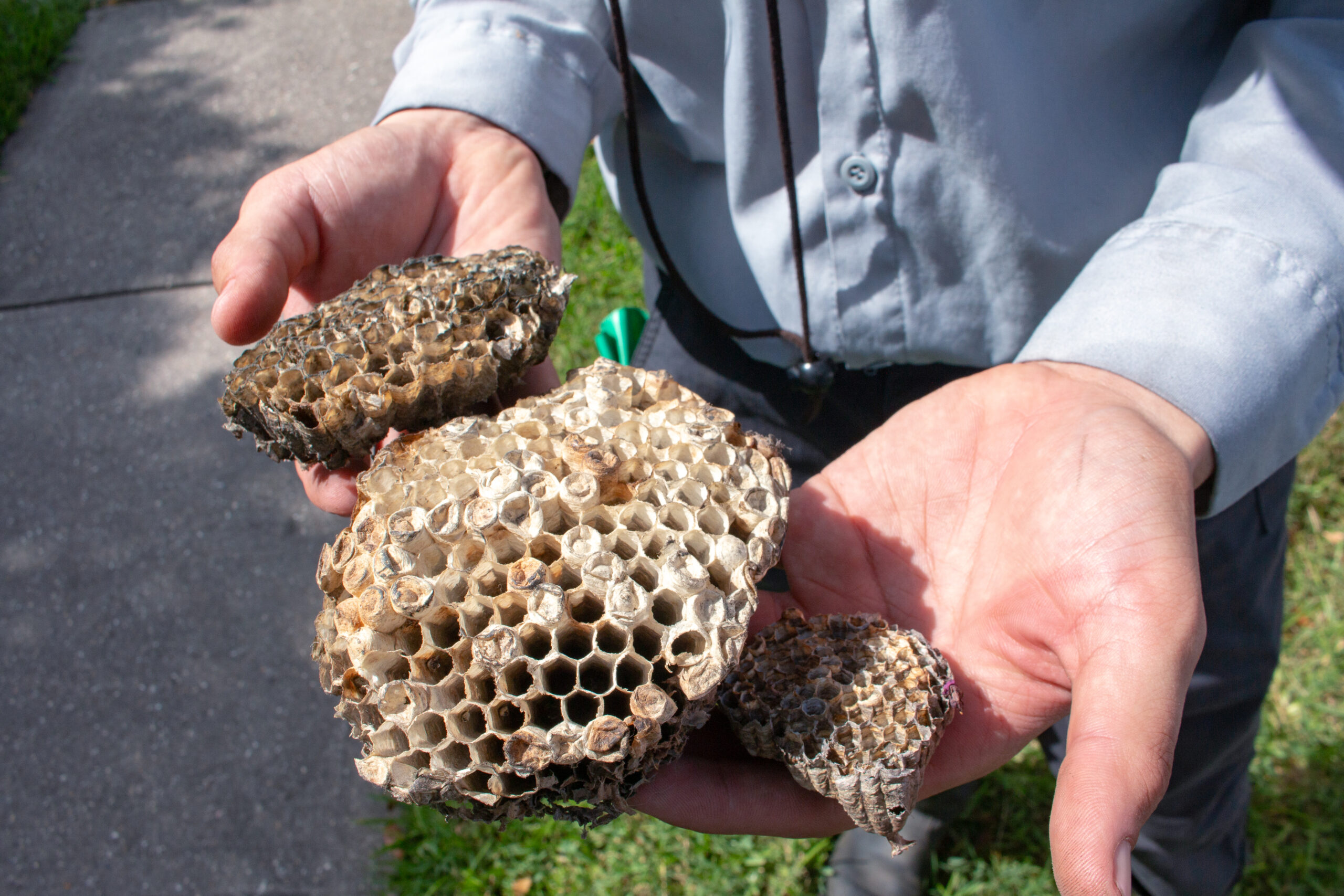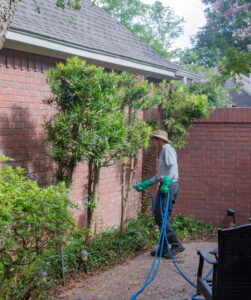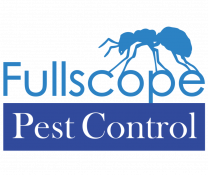Have you ever seen tiny ants with huge heads crawling about your garden or inside your home? Big-headed ants (Pheidole spp.) are fascinating creatures recognized for their unique social structure and tremendous impact on ecosystems. Let’s look at some amazing facts about these tiny yet magnificent insects. In this blog, we will explore big-headed ants’ characteristics, behaviors, and, most importantly, effective strategies for controlling and preventing infestations.

Understanding Big-headed Ants
Big-headed ants get their name from the distinctively huge heads of their colonies’ soldiers or major workers. This large feature, disproportionate to the rest of their body, gives them a cartoonish appearance, but it serves an essential practical purpose. The enormous head stores powerful jaw muscles that aid in colony defense, nest excavation, and manipulating huge food items. Each colony also has minor workers, who are much smaller and more ant-like in appearance. Their responsibilities typically include foraging and caring for the young. This expression of physically separate worker castes is an intriguing example of ‘polymorphism,’ as biologists term it.
How Do You Get Rid Of Big Head Ants?
To effectively eliminate big-headed ants, a combination of approaches is often necessary. Consider the following strategies:
Locate and Target Nests
The ability to locate and target ant colonies is critical for successful management. Follow ant trails to identify the entrances to their nests, frequently found in damp soil, under rocks, or in wall gaps. When their colonies have been located, they apply targeted control tactics to disrupt them.
Baiting
Baits are an efficient and environmentally friendly way to control big-headed ants. Place ant baits designed for this species near ant routes and nest entrances. These pesky ants will take the poison back to their nests, where it will be used to kill off the entire colony.
Barrier Techniques
Putting up physical obstacles will help keep big-headed ants out of your home. Close any openings that could allow water or electricity to leak. If you’re concerned about ants invading your home, you might try utilizing a barrier treatment consisting of a residual insecticide around the outside of your house.
Non-Toxic Treatments
If you prefer non-toxic techniques, try diatomaceous earth, a fine powder that destroys and dehydrates the ants’ exoskeleton. Sprinkle it along ant trails and nest openings as needed, then repeat.
Professional Assistance
If your infestation persists or becomes overpowering, you should seek professional assistance. Pest treatment professionals have specific knowledge and access to more powerful chemicals that eliminate big-headed ants.
H2: How Did I Get Big-Headed Ants?
Bigheaded ants can enter your home or garden through various entry points. Cracks in foundations, openings around windows and doors, and utility wires are all common access locations. These tiny insects are skilled at locating microscopic gaps and exploiting them to gain access to your home. Bigheaded ants are opportunistic foragers drawn to food sources, including crumbs, spilled liquids, and pet food left out in the open. They can also form outside colonies near gardens, flower beds, and trees, eventually moving indoors for food or suitable nesting locations.
What Are the Telltale Signs of a Bigheaded Ant Infestation?
Recognizing the indicators of a big-headed ant infestation is critical to control it effectively. Keep an eye out for these signs:
Trails: Bigheaded ants have well-defined trails formed by worker ants between their nest and food sources. These tracks are frequently seen traveling in a straight line.
Mounds: Bigheaded ants, especially in outdoor places, form small mounds of dug earth around their nest entrances. These mounds are often modest and can be seen near pavement cracks, under rocks, or in dirt.
Plant Damage: Bigheaded ants are omnivorous and eat various foods, including seeds and aphid secretions. In the garden, look for evidence of plant damage, such as twisted growth or wilted leaves, that could indicate the presence of bigheaded ants.
Indoor Sightings: If you see big-headed ants inside your home, especially in the kitchen or pantry, it’s a sure sign of an infestation. Focus on the kitchen, pantry, and other areas where food is stored or prepared.
Swarming Behavior: Bigheaded ants may engage in mating flights at particular times of the year when winged reproductive ants exit from the colony. Swarming ants on your property indicate a mature and well-established infestation.
How Dangerous Are Bigheaded Ants?
While big-headed ants are not known to cause considerable structural damage, they can be a nuisance and alter the natural balance of your living environment. Bigheaded ants forage aggressively, and their enormous colonies can swiftly overtake an area, affecting indoor and outdoor spaces. They may infiltrate kitchens, pantries, and storage places in search of food, potentially contaminating it. They can harm plants and alter the natural environment of gardens. Furthermore, bigheaded ants have been observed displacing native ant species, significantly altering local biodiversity.
Do Pheidole Ants Sting?
Pheidole ants, notably big-headed ants (Pheidole spp.), can sting; however, their stings are generally not dangerous to people. Pheidole ants, unlike several other ant species, are not recognized for having extremely aggressive or painful stings. Individual reactions to ant stings can vary, and some people may develop moderate allergic reactions or discomfort due to Pheidole ant stings.
While Pheidole ants may sting if they feel threatened or their nests are disturbed, their primary defense method is to bite with their enormous mandibles. These bites are more of a nuisance than a significant threat and should not be taken seriously. Avoiding direct contact with Pheidole ants and their nests is still preferable to reduce the chance of bites or stings.
Prevention Tips Against Big-Headed Ants
Preventing future infestations is as crucial as controlling the current ones. Consider the following preventive measures:
- Seal entry points: Use caulk or sealants to close cracks and gaps where ants can enter.
- Maintain cleanliness: Keep your home clean, especially in food preparation and storage areas. Promptly clean up spills and crumbs.
- Proper food storage: Food should be stored in airtight containers, and pet food should be sealed.
- Outdoor maintenance: Trim branches away from your home and clean up yard debris to remove potential and pathways.
- Regular inspections: Check for signs of ant activity and potential entry points.
Must Read: HOW TO CONTROL POCKET GOPHERS
What’s Next?
If you struggle with a big-headed ant infestation or need professional assistance with pest control, look no further than Fullscope Pest Control. Our team of highly skilled and experienced pest control experts is dedicated to providing effective solutions to address your specific needs. We have in-depth knowledge of the behavior and habits of these ants, allowing us to develop targeted strategies to eliminate them from your property.
Don’t let big-headed ants disrupt your peace of mind. Contact us today and let our exterminators handle your pest control needs.






